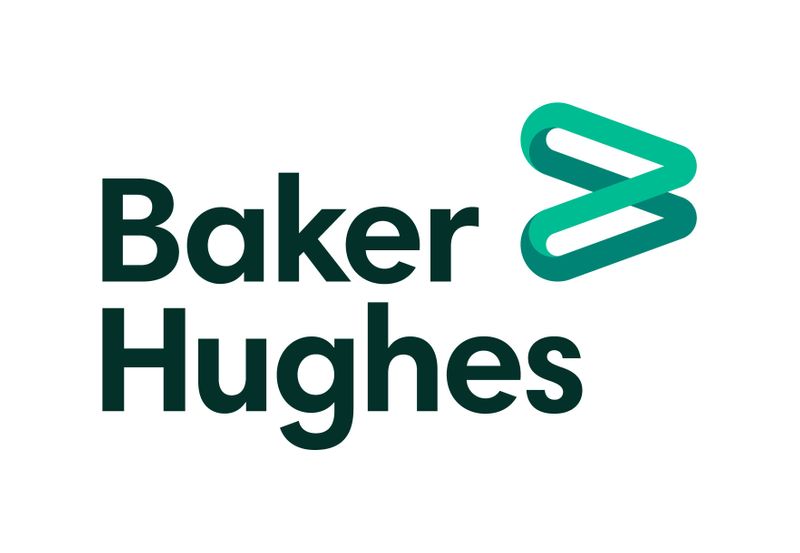(Reuters) – Baker Hughes Co <BKR.N> posted its second consecutive quarterly loss on Wednesday and said it would continue reining in costs to prepare for a longer period of oil price volatility.
Oil producers stopped drilling new wells and drastically cut their budgets following a collapse in crude oil prices this year that clipped demand for services offered by Baker Hughes and rivals Schlumberger <SLB.N> and Halliburton <HAL.N>.
Revenue from Baker Hughes’ oilfield services business, which accounts for about half of total sales, tumbled 26% to $2.41 billion in the second quarter. Total revenue fell 21% to $4.74 billion.
The company expects North American drilling and completions spending to be down 50% versus last year, and international spending to drop by 15% to 20%.
Baker Hughes has cut its 2020 budget by over 20% year-on-year and disclosed plans to exit or shut down non-core product lines, including North American full-service drilling and completions fluids business.
“We are preparing for potential future volatility, while also focusing on structurally reducing our cost base,” Chief Executive Lorenzo Simonelli said, pointing to the risks from a second wave of coronavirus cases and high unemployment that could lead to economic uncertainty.
The company, which provides equipment for liquefied natural gas projects (LNG), gave a bleak outlook for near-term LNG markets, warning it expected just one to two final investment decisions on new projects this year.
Net loss attributable to the company widened to $201 million, or 31 cents per share, in the second quarter, from a loss of $9 million, or 2 cents per share, a year earlier.
The quarter included an income-tax gain of $75 million related to the federal pandemic-linked CARES Act for aid and relief.
Excluding charges, Baker Hughes lost 5 cents per share, worse than analysts’ average expectation of 1 cent, according to Refinitiv IBES data.
Shares were up 1.47% to $16.55 in early trading, and analysts were generally upbeat about Baker’s report.
“Underlying operational results fared (much) better vs consensus expectations,” wrote analysts for Tudor Pickering Holt & Co in a note.
U.S. crude futures <CLc1> were trading around $41 per barrel on Wednesday, at the lower end of what most producers need to be profitable.
(Reporting by Shariq Khan in Bengaluru and Liz Hampton in Denver; Editing by Sriraj Kalluvila, Bernadette Baum and Nick Zieminski)






















